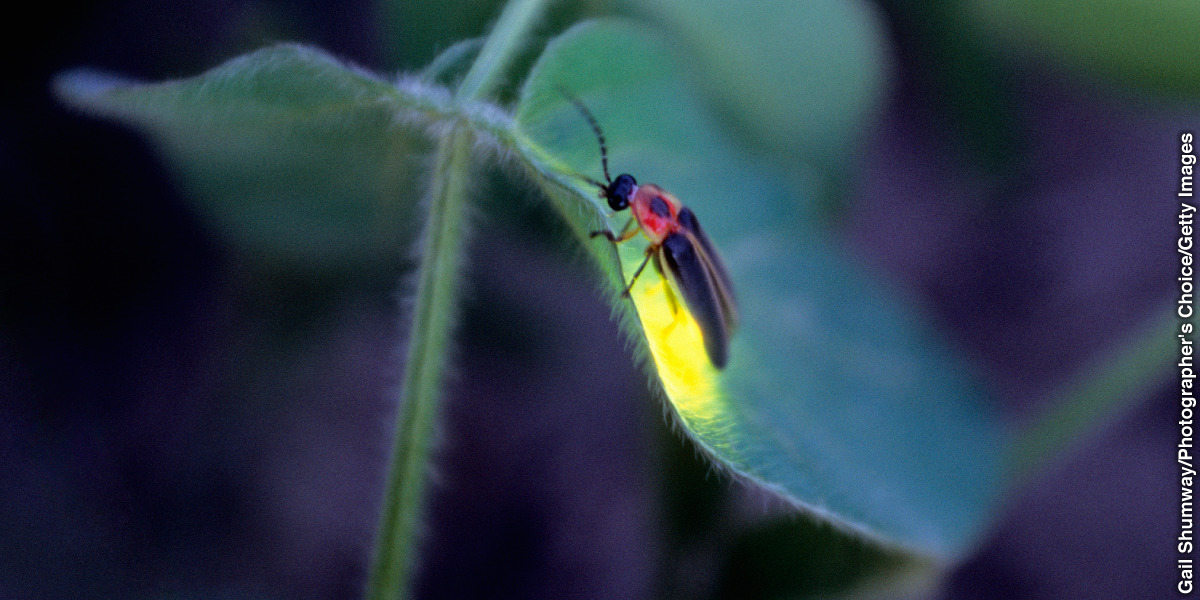
THE lantern, or light organ, of a particular Photuris firefly is covered with jagged scales that dramatically enhance the brightness of the light that the insect produces. *
Consider: Researchers
have found that tiny scales on the lantern surface of some fireflies
form a corrugated pattern, somewhat like overlapping shingles or tiles.
The scales tilt up at one end by just 3 micrometers
Could
that concept improve the efficiency of light-emitting diodes (LEDs),
which are used in electronic devices? To find out, scientists coated
LEDs with a corrugated surface similar to that of the firefly’s lantern.
The result? The LEDs emitted up to 55 percent more light! Physicist
Annick Bay says: “The most important aspect of this work is that it
shows how much we can learn by carefully observing nature.”
